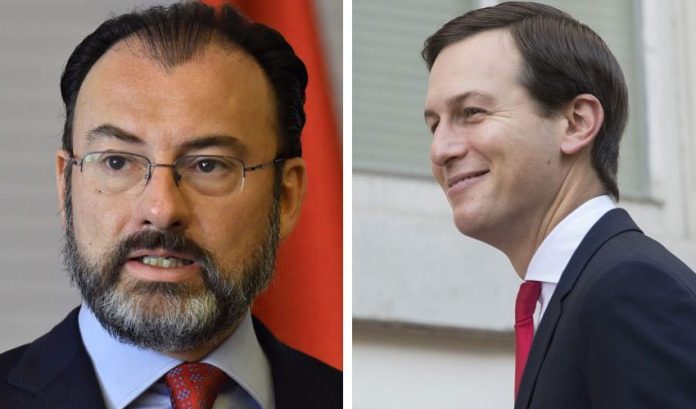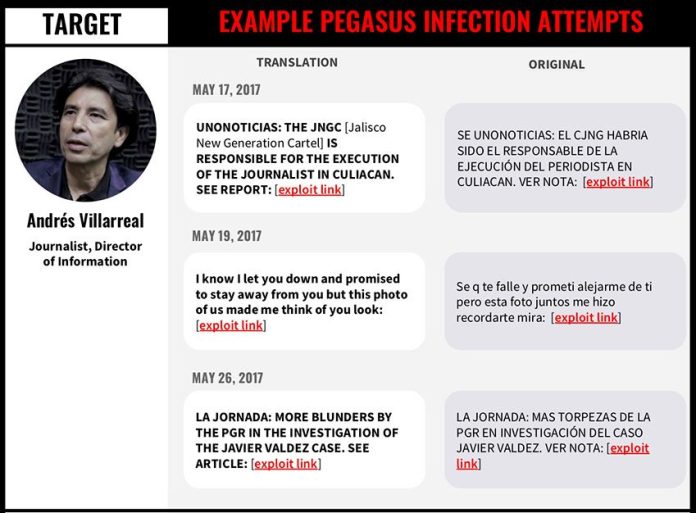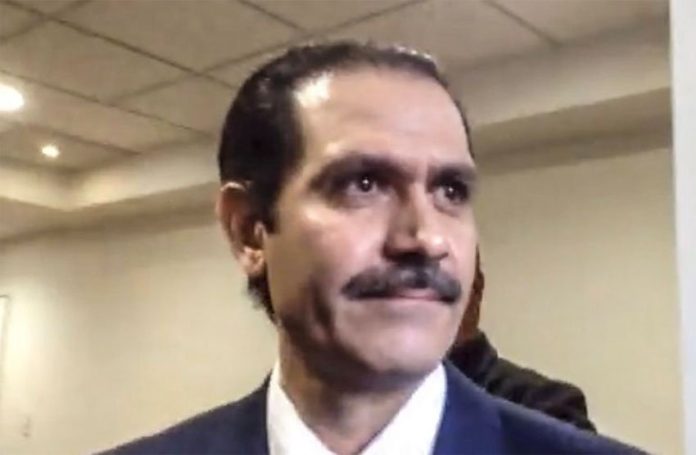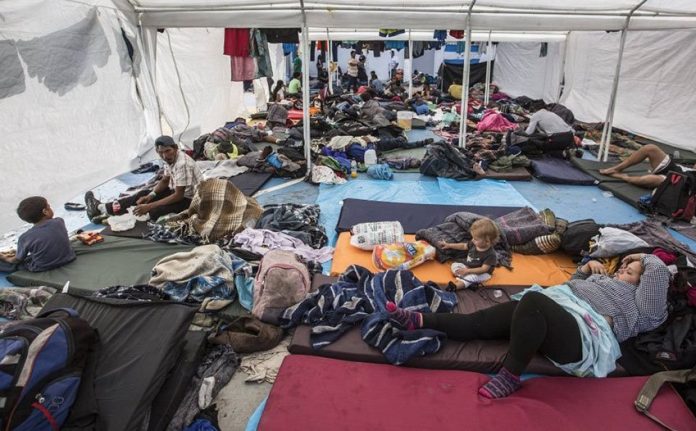The federal government will bestow Mexico’s highest honor for foreigners on Jared Kushner, senior White House adviser and United States President Trump’s son-in-law, a decision that has triggered a backlash on social media.
A statement issued by the Secretariat of Foreign Affairs (SRE) said the government will admit Kushner to the Order of the Aztec Eagle because of “his significant contributions” to the process to negotiate an updated trade agreement between Mexico, the United States and Canada.
“Mr. Kushner played a fundamental role throughout the whole process, decisively supporting the development of trade talks between the two countries, thus achieving satisfactory results in a new economic agreement . . . .” the statement said.
Kushner’s participation in the negotiation process was also crucial to “avoiding a unilateral exit of the United States” from the three-way pact, it added.
President Peña Nieto is expected to formally present the award to Kushner tomorrow on the sidelines of the G20 Summit in Buenos Aires, Argentina, the newspaper Reforma reported yesterday, citing unidentified government sources.
Past Aztec Eagle honorees include former South African president Nelson Mandela, Colombian novelist Gabriel García Márquez, Queen Elizabeth II of the United Kingdom, American businessman and philanthropist Bill Gates and lead singer of the Irish band U2 and activist Bono.
Foreign Affairs Secretary Luis Videgaray, who reportedly cultivated a close personal friendship with Kushner, said today that the new North American trade agreement, to be known as the United States-Mexico-Canada Agreement (USMCA), will be signed in Buenos Aires Friday morning.
Peña Nieto and his government leave office Saturday.
News that Kushner would be honored with the prestigious recognition quickly became a trending topic on Twitter, where several prominent Mexicans criticized the move.
“Kushner is the son-in-law of he who called Mexicans ‘murderers and rapists’. Giving him the Aztec Eagle reflects a supreme attitude of humiliation and cowardice,” historian Enrique Krauze wrote.
Actor Gael García Bernal said that the decision to grant Kushner the Aztec Eagle was “tremendously shameful” and devalued the worth of the award.
Well-known political analysts also took to Twitter to voice their outrage.
“The Aztec Eagle to Kushner? Really? This is the way that this unworthy government says goodbye. A perfect crown to its indecency,” Jesús Silva-Herzog wrote.
“The Aztec Eagle to the son-in-law of a president who says that the majority of Mexicans are rapists, who locks up migrant children in cages and has done nothing more than insult Mexico over and over again. The last kick [in the guts] from Peña Nieto before falling into eternal oblivion,” Esteban Illades said.
According to media reports, Kushner has been Foreign Secretary Videgaray’s go-to man in the White House and the pair have become close.
In August 2016 it was Videgaray, finance secretary at the time, who convinced Peña Nieto to invite Trump, then a candidate for president, to Mexico for a meeting at the National Palace.
At a joint press conference afterwards, Trump repeated a pledge to build a border wall while Peña Nieto remained silent.
The decision to invite Trump to the country was widely slammed by Mexicans and contributed to a further decline in the popularity of an already unpopular president.
Videgaray resigned from cabinet due to the backlash before returning as foreign secretary in January 2017.
Peña Nieto’s approval rating is just 24%, according to polling firm Consulta Mitofsky, as he prepares to leave office after a six-year term plagued by corruptions scandals and high levels of violence.
His successor, leftist political veteran Andrés Manuel López Obrador, will be sworn in as president Saturday, with Trump’s daughter and Kushner’s wife Ivanka expected to be in attendance alongside United States Vice-President Mike Pence and other world leaders.
Source: Reuters (en), Animal Político (sp), Milenio (sp)








